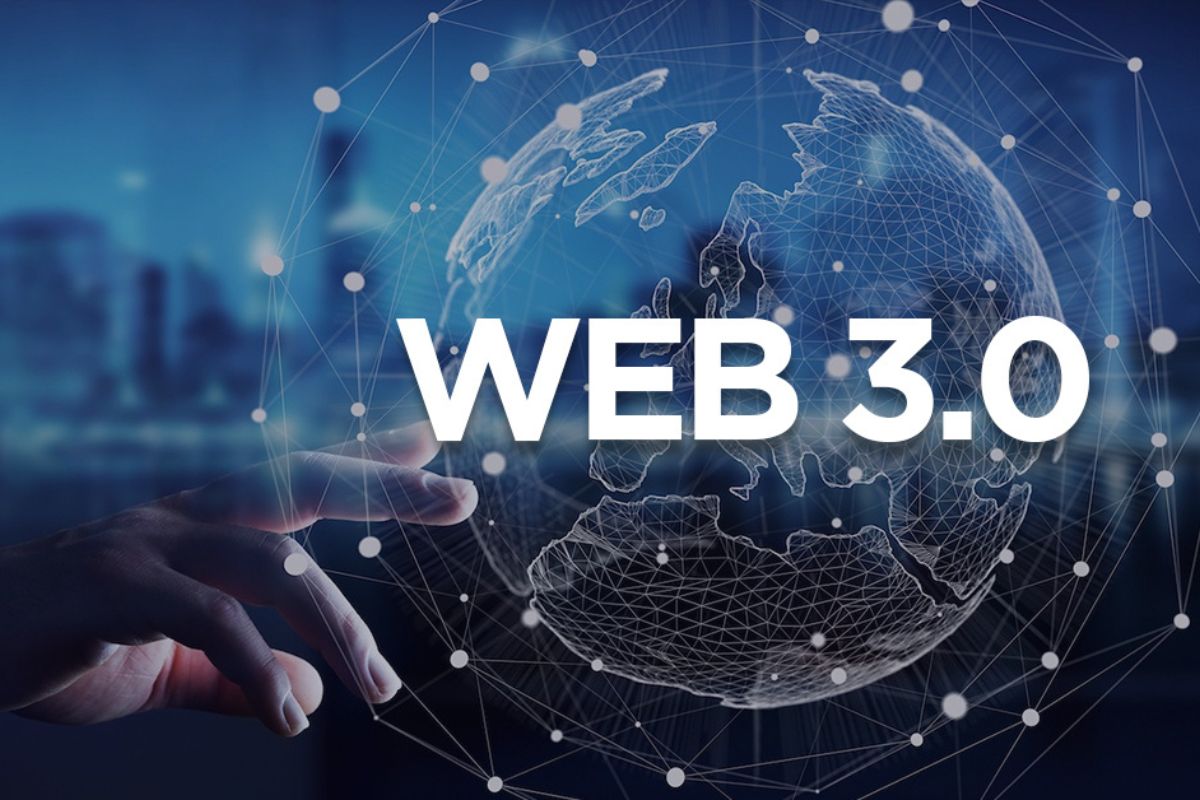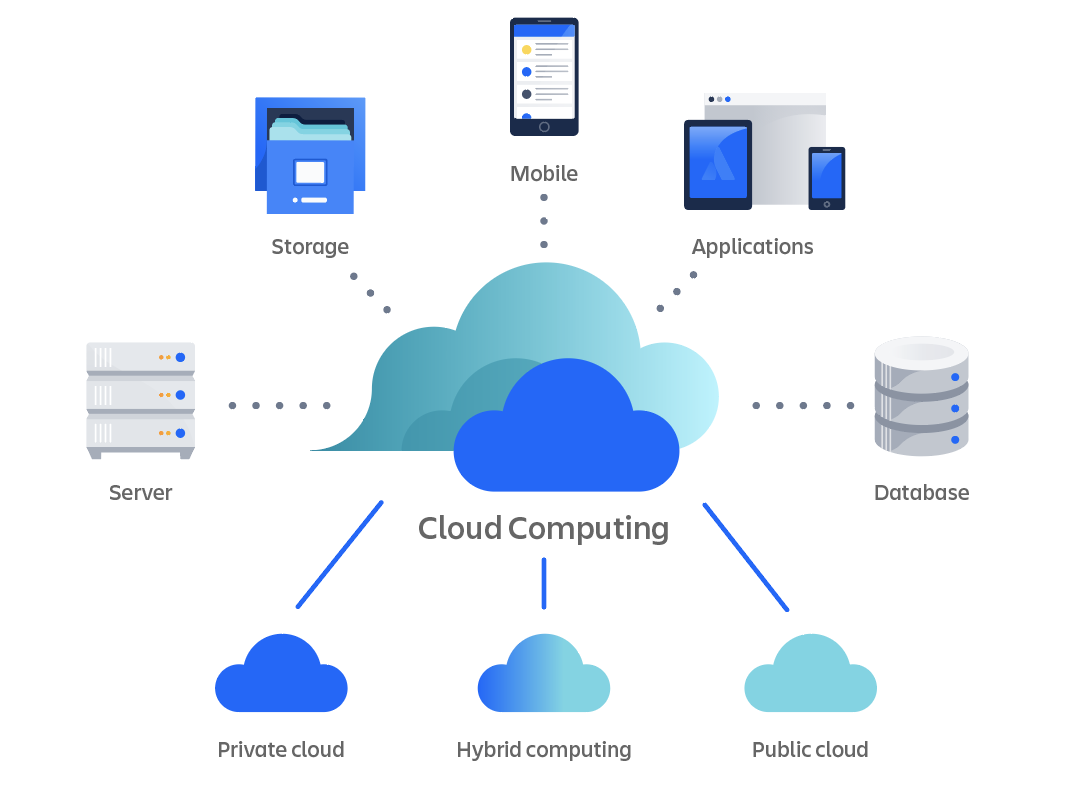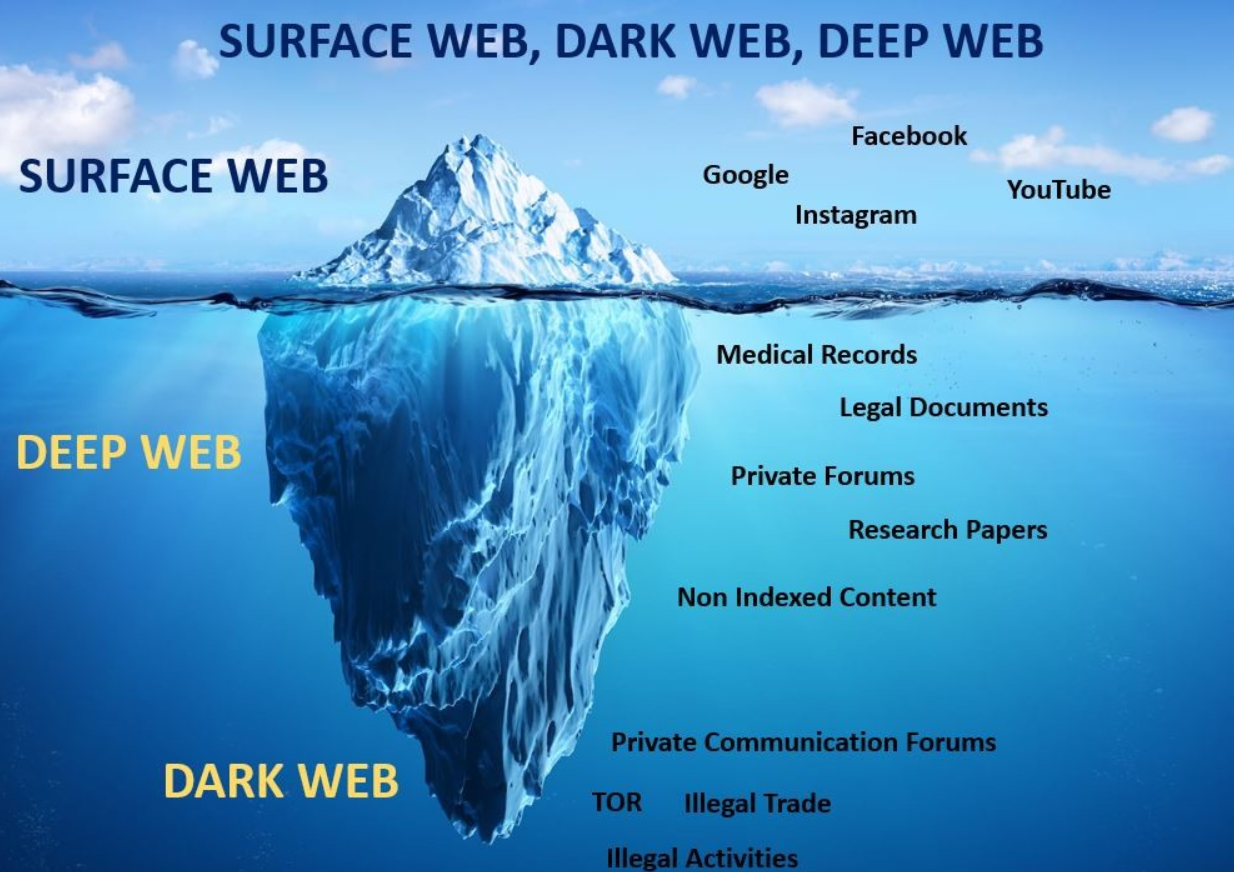
The Future of Web Development: Web 3.0 Explained
Imagine this:
Ravi, a 27-year-old tech enthusiast living in Raigarh, loves shopping online. But he’s frustrated. Why? Every time he visits a website, he gets bombarded with ads for things he doesn’t need. His personal information is stored on countless servers, making him worry about privacy breaches. One day, Ravi hears about Web 3.0 — the internet of the future — and decides to dive deeper.
What is Web 3.0, and why should you care? Let’s break it down.
A Journey from Web 1.0 to Web 3.0
Web 1.0: The Static Internet (1990s)
Think of Web 1.0 as a library. You could read information, but you couldn’t interact much with it. Websites were simple pages filled with text and images. Ravi remembers how, as a kid, he used to browse basic sites with his father. There was no YouTube, no social media, and no real engagement.
Web 2.0: The Interactive Internet (2000s)
Then came Web 2.0, the era of social media, blogs, and interactive websites. Ravi could now comment on posts, upload pictures, and even run his own YouTube channel. But there was a catch: big companies like Facebook, Google, and Amazon started storing personal information. They controlled what users saw and made money from data. Ravi started feeling like the product, not the user.
Web 3.0: The Decentralized Internet (Now and the Future)
This is where Web 3.0 enters. Imagine an internet where Ravi owns his data and chooses how it’s shared. Instead of a few big companies controlling everything, power is distributed among users. Web 3.0 is built on blockchain, a secure, transparent technology used in cryptocurrencies like Bitcoin.
Key Features of Web 3.0
- Decentralization:
Instead of one server storing your data, it’s spread across multiple locations. Think of it like a neighborhood market where many shops exist, and no single shop controls everything. - Data Ownership:
Ravi will now have control over his personal information. If he wants to share his shopping preferences with an online store, he’ll get paid for it instead of giving it away for free. - Smart Contracts:
Web 3.0 uses smart contracts — self-executing agreements written in code. For example, if Ravi rents a car online, the payment and car access will happen automatically once the conditions are met. No middleman required. - Artificial Intelligence (AI) and Machine Learning:
Websites will become smarter. If Ravi searches for a “blue jacket,” Web 3.0 will understand that he’s looking for a winter coat, not just any blue clothing item. - Semantic Web:
Web 3.0 will understand not just keywords but the context behind Ravi’s searches, offering more accurate and meaningful results. - Enhanced Privacy:
With encryption technologies, Ravi’s data will be safer from hackers and big corporations.
Real-Life Examples of Web 3.0 in Action
- Decentralized Finance (DeFi):
Ravi no longer needs a bank to transfer money internationally. Blockchain-powered platforms do it faster and cheaper. - Social Media:
Platforms like Mastodon and Lens Protocol let users own their content and avoid centralized control. - Decentralized Cloud Storage:
Platforms like Storj allow Ravi to store files securely without relying on traditional providers like Google Drive.
Challenges Ahead
Web 3.0 sounds amazing, but it’s not perfect. Here are a few hurdles:
- Complexity:
Understanding blockchain and crypto can be challenging for the average person. - Energy Consumption:
Blockchain technology consumes a lot of power, though newer solutions are emerging. - Adoption:
Not everyone is ready to leave familiar platforms like Instagram or Gmail.
Why It Matters for You
Web 3.0 isn’t just for tech enthusiasts like Ravi. It’s for all of us.
- For Small Business Owners:
They can directly connect with customers without relying on expensive intermediaries. - For Artists and Creators:
They can sell their work using NFTs and earn royalties without middlemen. - For Regular Users:
Better privacy, smarter search results, and more control over personal data.
Ravi’s Vision of the Future
Ravi imagines a world where he no longer worries about data theft. He gets personalized recommendations without annoying ads. He even earns money when companies use his data.
This is the promise of Web 3.0 — an internet that belongs to all of us.
What do you think? Are you ready for the future of the internet? Share your thoughts below!



Leave a Reply